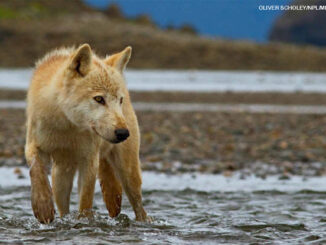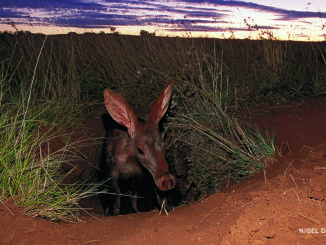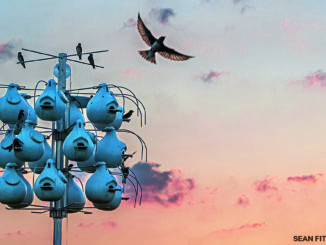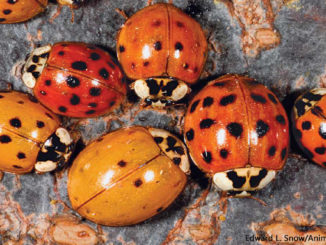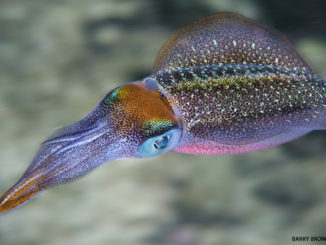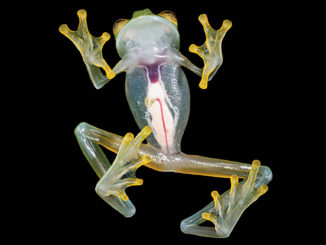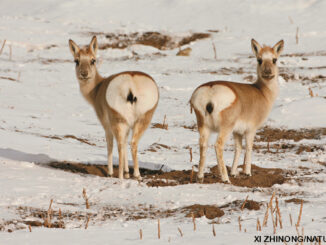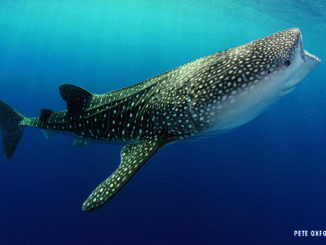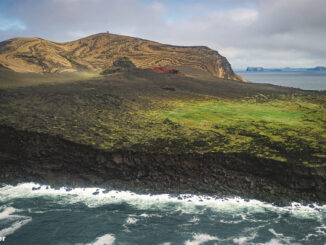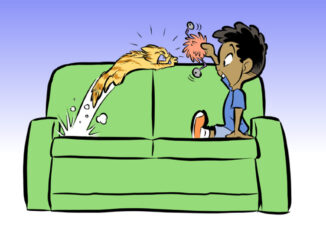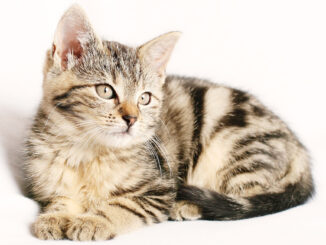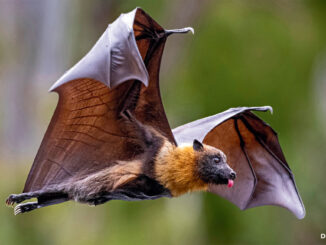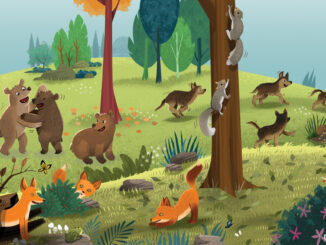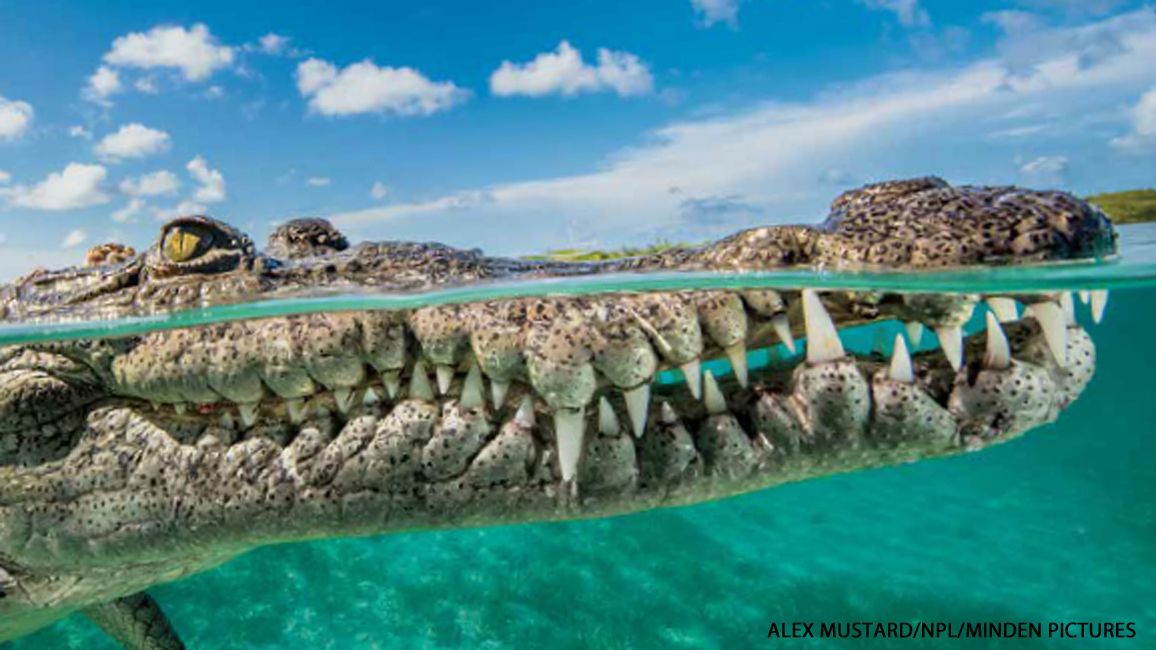
What’s the Difference?
By Kate HofmannSome animals are easy to confuse with others. Read on to find out how to tell the differences in each pair of look-alikes!

CROC OR GATOR?
It takes a sharp eye to see the differences between these two toothy reptiles. On both, the top teeth show when their mouths are closed. But if you can see all the bottom teeth, too, it’s a crocodile. From above, an alligator’s snout looks like the letter U. A croc’s is longer and pointier, like the letter V.
TOAD OR FROG?
Toads are actually just a special group of frogs. But here’s how you can tell toads from other types of frogs: A toad has bumpier, drier skin and shorter legs. A frog usually has smoother and wetter skin, bulgier eyes, and longer legs for leaping.

SEAL OR SEA LION?
These two sleek sea mammals can be tricky to tell apart. But when they’re on land, take a close look at how they move. Sea lions can flip their back flippers underneath them and walk along. Seals use only their short front flippers to scoot on their bellies. Also, sea lions have ear flaps that you can see. Seals just have ear holes with no flaps.
APE OR MONKEY?
Monkeys and apes both belong to a group of mammals called primates. The most obvious difference is that almost all monkeys have tails (see the spider monkey at right). Apes (such as the chimpanzee at left) have no tails. Monkeys travel through trees by running along the tops of branches. Apes can swing from tree branches using their arms.
BUTTERFLY OR MOTH?
Most butterflies are more colorful and more likely to fly in the daytime than most moths. Moths usually have wider, furrier bodies and feathery antennae, compared to butterflies’ slimmer bodies and antennae. And at rest, a butterfly tends to hold its wings upright while a moth’s wings lie flat.

ANTEATER OR AARDVARK?
They aren’t even distant cousins, but aardvarks and anteaters both love to gobble ants and termites, and both are built for it. Anteaters live in Central and South America while aardvarks are found only in Africa. An anteater has a longer snout; a longer, bushier tail; and much longer claws. But the biggest ears belong to aardvarks.
BEE OR WASP
Quick, what flying insect just buzzed by? If it has a fuzzy body and wide, flat back legs (especially with clumps of pollen stuck to them, as this one does), it’s a bee. Wasps’ bodies and legs are usually smooth and more slender, and many of them have an obvious “waist.”
SALAMANDER OR LIZARD
Don’t be fooled by their similar body shapes. Salamanders are amphibians, and lizards are reptiles. Salamanders live in damp places and have wet, smooth skin. Lizards live in drier—sometimes much drier—habitats. Their skin is dry and scaly.
Now you know more than most about some confusing critters! Maybe you’ll be able to answer a tricky “What’s the difference?” question for somebody else!


